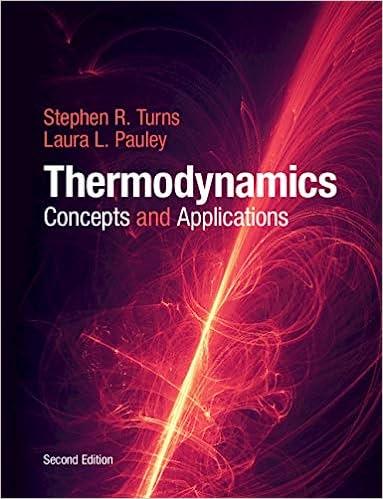Answered step by step
Verified Expert Solution
Question
1 Approved Answer
Assume that you are dealing with perfect blackbody radiation ( T 6 0 0 0 K ) . We want to examine the theoretical limits
Assume that you are dealing with perfect blackbody radiation T K We want to examine the theoretical limits of a photodiode. Assume no light losses by surface reflection and by parasitic absorption in the diode material. Consider silicon bandgap energy, Wg of eV Clearly, photons with energy less than Wg will not interact with the diode because it is transparent to such radiation. a What percentage of the power of the blackbody radiation is associated with photons of less than
ev
b What would the photodiode efficiency be if all the energy of the remaining photons were converted to electric energy?
e Would germanium Wg cV be more or less efficient? d Using Table in the text, determine the percentage of the solar energy absorbed by silicon.
e A photon with eV will just have enough energy to produce one electronhole pair, and under ideal conditions, the resulting electron would be delivered to the load under V of potential difference. On the other hand, a photon of say, eV will create pairs with eV excess energy. This excess will be in the form of kinetic energy and will rapidly be thermalized, and, again, only eV will be available to the load. Thus, all photons with more than Wg will, at best, contribute only Wg units of energy to the load. Calculate what fraction of the blackbody radiation is available to a load connected to an ideal silicon photodiode
Step by Step Solution
There are 3 Steps involved in it
Step: 1

Get Instant Access to Expert-Tailored Solutions
See step-by-step solutions with expert insights and AI powered tools for academic success
Step: 2

Step: 3

Ace Your Homework with AI
Get the answers you need in no time with our AI-driven, step-by-step assistance
Get Started


